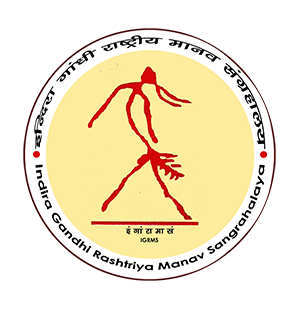’’सुन्नापुबत्ती’’
(मिट्टी निर्मित चूना बनाने की भट्टी)
समुदाय – नागावंशम्
जिला- सोलारू
राज्य- आंध्रप्रदेश
उत्तर तटीय आंध्रप्रदेश में पारम्परिक नागावंशम चूना पत्थर संग्राहक, चूना निर्माता व विक्रेता समुदाय है। आंध्रप्रदेश के विजियानगरम् जिले में विशेषत: चूना पत्थर प्रचुर मात्रा में पाया जाता है। यह समुदाय चूना पत्थर भंडार को पहचानने व खोजने में निपुण है। इनके पास कच्चा चूना पत्थर जलाने के लिये सुन्नापुबत्ती नाम की पारम्परिक भट्टी होती है। सुन्नापुबत्ती चूना जलाने के लिये मिट्टी से बने तीन बेलनाकार भट्टियां है। प्रत्येक की सामान्यतः ऊचाई 2 फीट एवं गोलाई 5 फीट होती है। इनमें प्राकृतिक हवा के प्रवेश के लिये गोलाकार मार्ग होता है। मिट्टी के वर्तनों के टूटे हुऐ छोटे टुकड़ों को हवा के प्रवेश हेतु भट्टी के तल में रखा जाता है। चूना तैयार करने हेतु एक भाग चूना पत्थर (सुन्नापुरालु) एवं तीन भाग चारकोल (बोग्गू) को मिलाकर भट्टी में तल से शीर्ष तक भर देते है।
“Sunnapubatti”
(Lime making earthen furnace)
Community: Nagavansam
Village: Saluru
District: Vizianagaram
State: Andhra Pradesh
In North Coastal Andhra Pradesh there is a community called Nagavansham- the traditional lime stone collector, maker and seller of lime powder. In Andhra Pradesh particularly in Vizianagaram district, lime stone is found abundantly. This community has an expertise to easily identify and explore the lime stone deposit. They have traditional earthen furnace Sunnapubatti for firing of raw lime stone. Sunnapubatti are three cylindrical chambers made of clay for burning lime, each of which is generally 2 feet in height and 5 feet in circumference supported with four earthen angles and well placed round air passages for receiving air in this earthen chamber. Broken pieces of clay pots are placed in the bottom of the furnace to allow air to enter. To prepare lime, one part limestone (Sunnapuralu) and three parts charcoal (Boggu) are mixed and filled in the furnace from bottom to top. This traditional technology is still alive in the hands of “Nagasi” people in this area.



